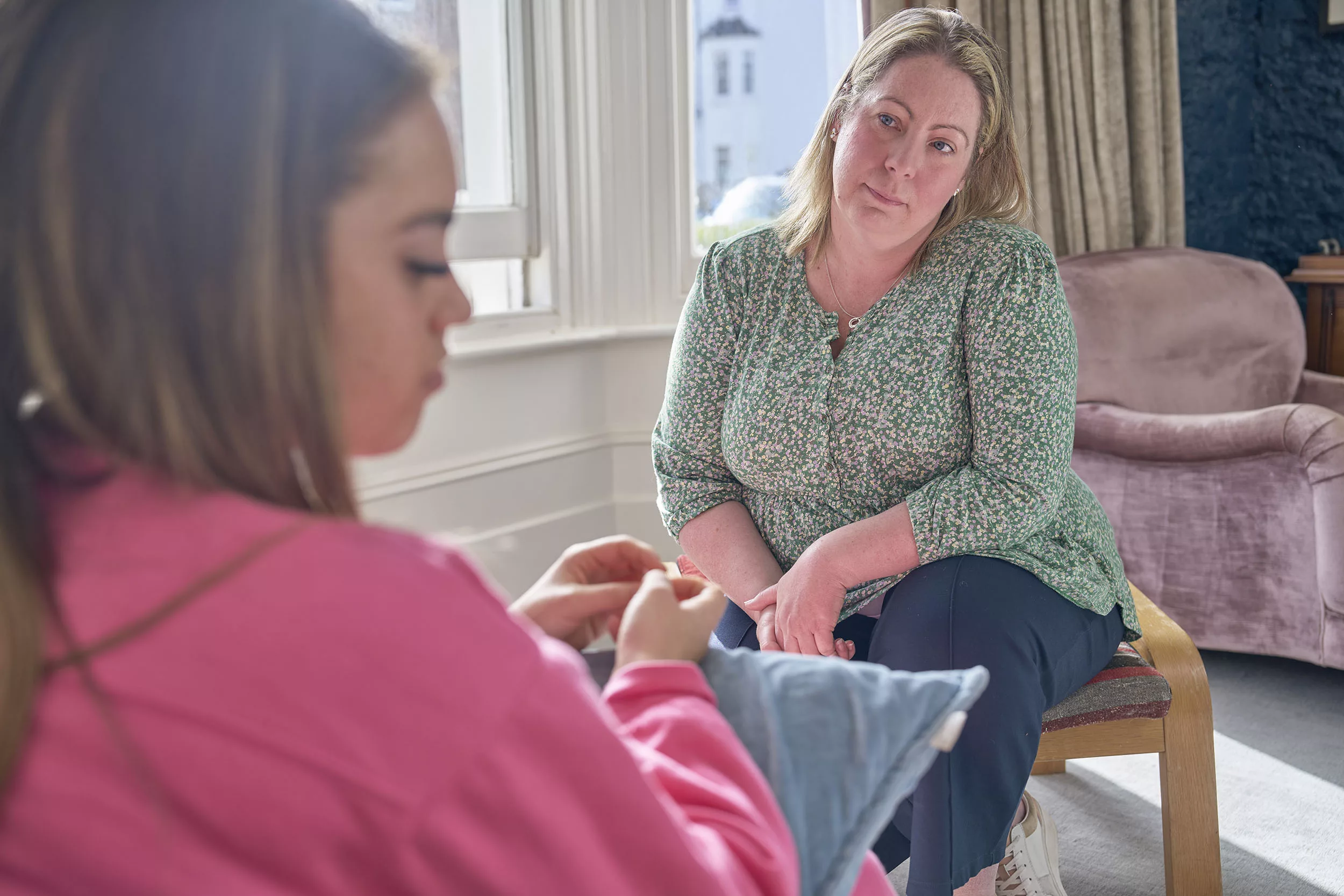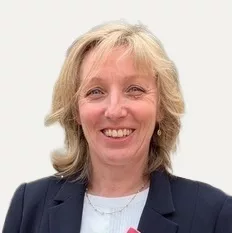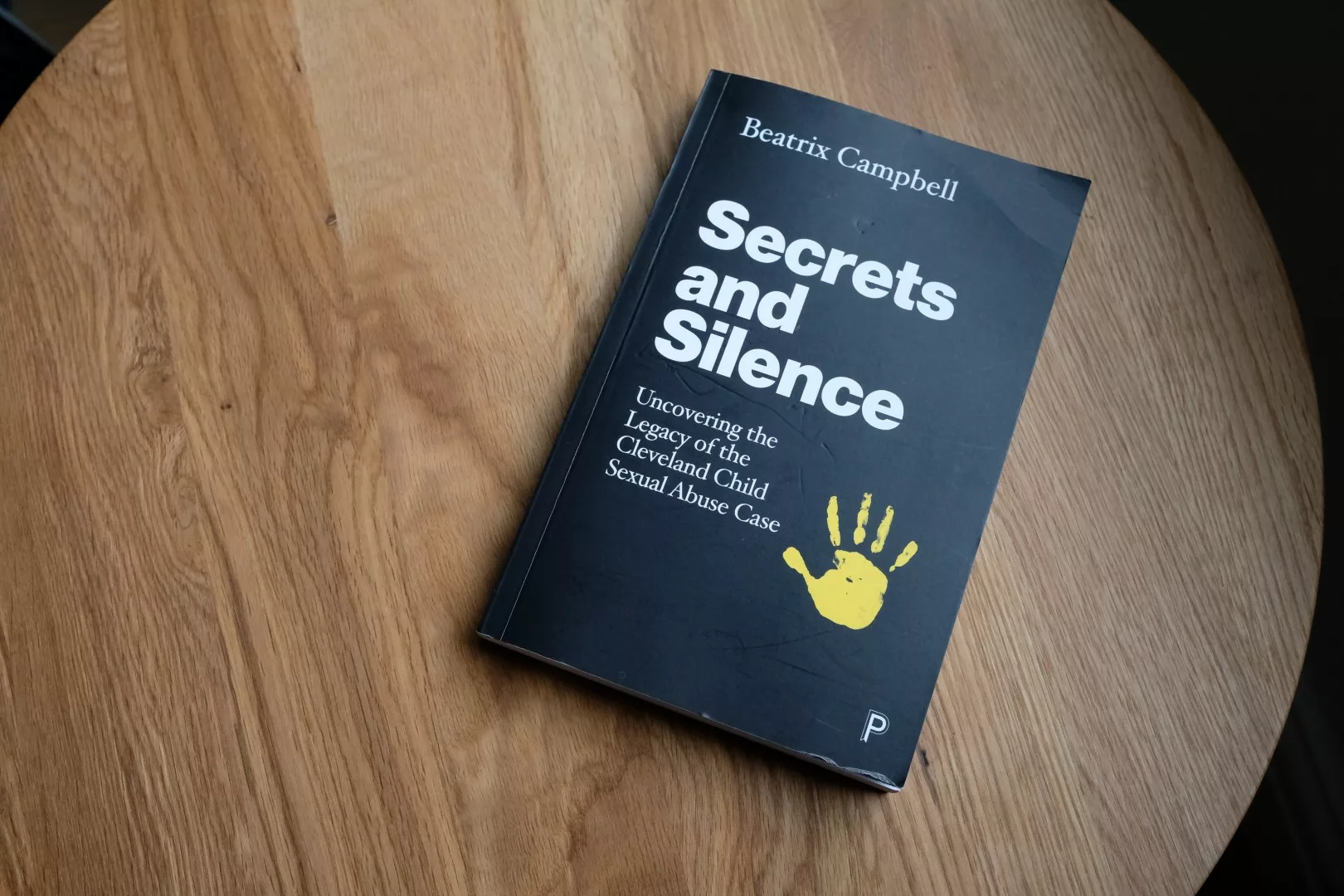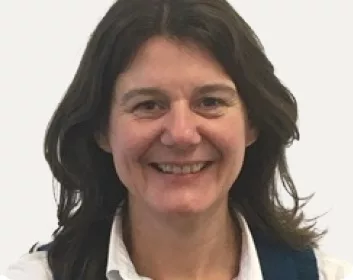The Government recently published the Tackling Child Sexual Abuse Strategy, this country’s first ever cross-government approach to tackling child sexual abuse. This renewed focus on all forms of child sexual abuse is an important step forward, with the potential to drive real improvements in how we collectively prevent, identify and respond to this hidden crime.
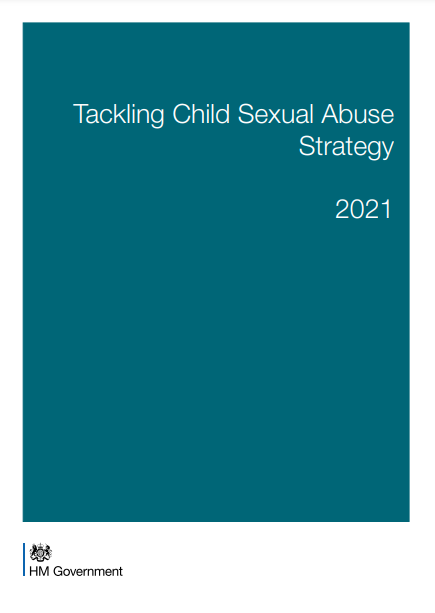
I am delighted to see numerous references in the strategy to the valuable contributions that our expert team at the CSA Centre have made to wider understanding of child sexual abuse over recent years, including our work setting out what we do and don’t know about the scale of child sexual abuse and our new typology of child sexual abuse offending. Similarly, it is encouraging to see a strong focus on the need to equip professionals across the children’s workforce with the knowledge, skills and confidence to effectively identify and respond to child sexual abuse. We have championed improved training for professionals since our creation, and trained more than 2000 people in the past year alone. Helping more professionals understand and feel supported in addressing sexual abuse is vital work, and a long-standing passion for us at the CSA Centre. This strategy commits to increasing and improving child sexual abuse training for professionals across education, social work, the Crown Prosecution Service, policing and probation. At the CSA Centre, we have been developing specific child sexual abuse training courses to meet these needs, and supporting others to embed up to date information specifically about child sexual abuse into existing training provision.
This strategy has much to commend it, and I am confident that it will give a real impetus to our work to tackle child sexual abuse over the years to come. I want to use the remainder of this blog to explore two points in more detail: the need for much better information on the true prevalence of child sexual abuse, and the importance of maintaining the strategy’s broad and very welcome focus on all forms of child sexual abuse.
At the heart of the challenge to better understand the scale and hidden prevalence of child sexual abuse is the lack of robust data. The last UK-wide child abuse prevalence study was run by the NSPCC in 2009: leaving 12 years of information unaccounted for. Twelve years of significant changes in children’s lives, changes in the way that children are targeted and abused, changes to agencies’ response to abuse and, indeed, of changes within society – most recently, of course, drastic changes in response to a pandemic. The introduction of a regular national survey exploring the true scale and nature of child sexual abuse would allow us to implement responses based on what is happening right now, rather than making decisions in what is effectively an information fog.
A couple of weeks ago, the Office for National Statistics (ONS) launched a consultation on a possible future national survey on child abuse that could be the first step in providing some of this vital information. Their proposal has several benefits:
- They intend to survey children and young adults, so will capture child sexual abuse now – as it is happening
- The survey will be conducted in school, an environment in which intra-familial abuse may be more likely to be reported
- A child will be defined as under 18, rather than 16 as in crime surveys
- The proposal is focussed on child safety, and seeks to encourage reporting and enable more people to recognise what may have happened to them
However, for all these benefits (and we certainly agree that a study of this kind is desperately needed), we have to be clear that a broad survey of child abuse will always be limited in the level of detail it can give us about child sexual abuse specifically. The ONS propose including six forms of abuse, all of which are important, but this will necessarily limit the number of questions that can be asked about each one. Child sexual abuse is complex, and even professionals steeped in practice and research can struggle with that complexity. The risk is that respondents will not recognise their experiences if the limited questions asked do not properly reflect the abuse they have experienced. If this is the case, it is unlikely that the estimated scale will accurately reflect the reality of the abuse experienced, and the survey would not be able to address the questions asked in the Government’s Strategy. We will therefore support the ONS in this important first step, while continuing to advocate for a dedicated regular child sexual abuse prevalence study that can properly reflect child sexual abuse in all its forms and uncover how interventions are impacting levels and experiences.
The Tackling Child Sexual Abuse Strategy is clearly positioned as just that; a strategy aimed at tackling all forms of child sexual abuse. However, it was notable that much of the media coverage around its launch gave particular focus to one type of abuse in particular – referred to in the report as ‘group-based child sexual exploitation in the community’. Considerable attention was given to the need to identify whether this form of sexual abuse is disproportionately perpetrated by individuals from particular ethnic groups, and it is certainly true that clear data about the scale and nature of all forms of child sexual abuse is currently limited. There are particularly large gaps in our understanding of who commits and experiences abuse, how much is committed, the nature of abuse, the relationship between the victim and abuser, and patterns and pathways of offending. This needs to be addressed, and filling these gaps should be a priority for all agencies.
But in the absence of this data, it is also true that high profile cases can have a disproportionate impact on society’s understanding and perception of child sexual abuse offending. Language and phrases commonly used by the media (and beyond) such as ‘on-street grooming’ or ‘grooming gangs’ have come to suggest distinct types of child sexual abuse, which are often seen as having a relationship with specific ethnic communities. The risk of this type of association, and of focusing so strongly on one particular context of abuse, is that some sections of society, including some professionals, will then fail to recognise abuse and exploitation that does not conform to these perceptions of both victims and perpetrators. We owe it to all victims and survivors of child sexual abuse to recognise and respond to the abuse they are suffering, whatever the circumstances and whoever the perpetrator. It is vital, therefore, that national and local responses are driven by the Government’s laudable ambition to “prevent, tackle and respond to all forms of child sexual abuse”.
Overall, the strategy brings much needed attention to child sexual abuse in all its forms. It recognises the need to improve our understanding of its incidence and prevalence; to support greater professional confidence; to build a greater capacity for prevention and response; and to better support children and their families. Importantly, it marks a step away from the pendulum swing of outrage that has too often driven local and national responses over the last 20 plus years, as focus swings from one high profile scandal to another. Instead, it presents the first step towards a strategic approach to tackling this national threat consistently – and with a clear head. To deal with a problem as pervasive and destructive as child sexual abuse, everyone must work together. Expertise lies in many different places: in lived experiences, practice knowledge and academic research, and a coordinated national strategy should take us one step closer to understanding and more effectively tackling these hidden acts of abuse. There is still so much more for us to do, but with sufficient investment, collaboration and determination, I believe this strategy sets us on the right path.



